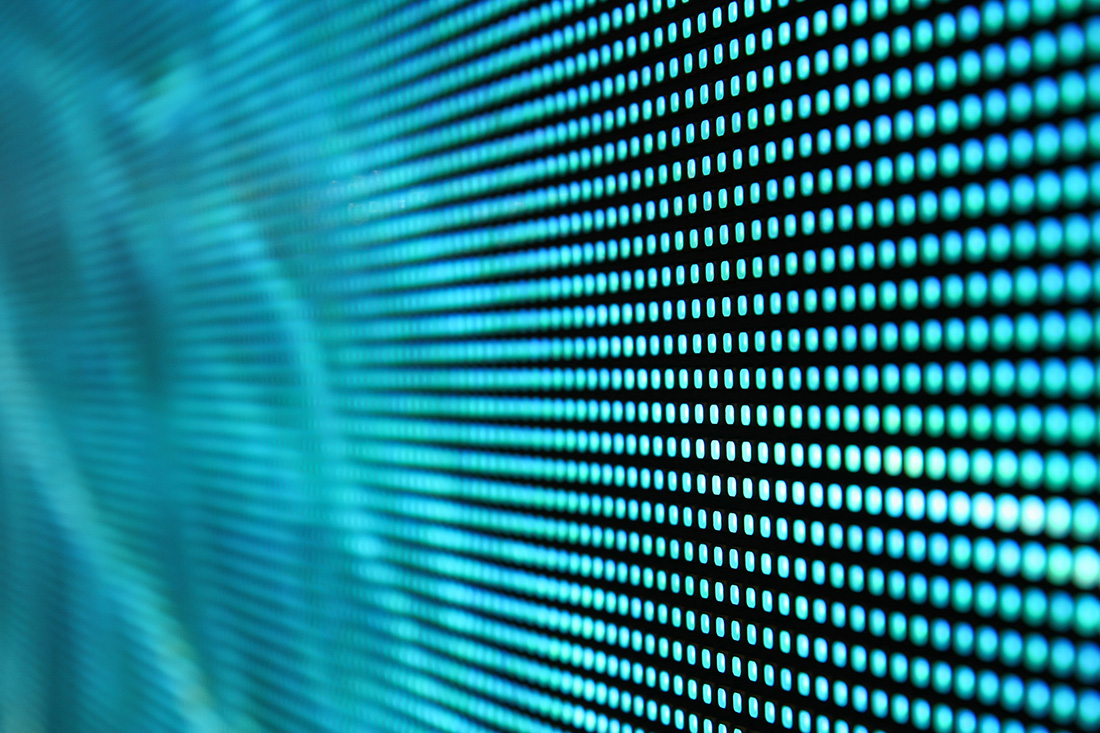Mastering Color Precision in LED Display Calibration for Stunning Graphic Displays
Mastering Color Precision in LED Display Calibration for Stunning Graphic Displays
Blog Article
Hue accuracy is essential for creating breathtaking visual displays, especially when using LED screens. These massive displays are frequently found in locations like music venues, athletic arenas, and promotional billboards. When the hues on an LED screen are not accurate, the visuals can look dull or warped, which can impact the total impression for audiences. Therefore, perfecting color accuracy in LED wall calibration is crucial for attaining vibrant and realistic images.
The initial step in ensuring color accuracy is understanding how LED systems works. LEDs, or light-producing diodes, generate light in multiple colors by combining red, green, and blue (RGB) light. Each pixel on an LED wall consists of these three colors. When tuned properly, the mix of RGB can produce a wide range of colors. However, if one color is too intense or too dim, it can throw off the entire display. This is why tuning is needed to balance the hues and reach the intended graphic effect.
Tuning entails adjusting the settings of the LED wall click to find out more to make sure that the colors displayed correspond the original material as closely as possible. This procedure typically includes using specific software and hardware tools. Technicians frequently use color measurement devices, such as spectrophotometers, to examine the colors being displayed. By contrasting the measured hues to standard color values, they can make exact adjustments. This guarantees that the hues are not only lively but also consistent across the whole display.
Another important factor of color accuracy is understanding the environment in which the LED wall is employed. Factors such as ambient light can considerably impact how hues look. For example, a well-lit illuminated room may wash out hues, making them look less lively. To counteract this, technicians may modify the brightness and contrast settings of the LED screen. Additionally, they may choose particular color profiles that are more suited for various lighting environments. This adaptability helps preserve color precision regardless of the observing environment.
Ultimately, routine upkeep and recalibration are crucial for keeping an LED screen looking its finest. Over time, the functionality of LEDs can change due to factors like degradation and heat fluctuations. Regular checks and modifications can help guarantee that the colors stay correct and vibrant. By committing time in appropriate calibration and upkeep, venues can offer viewers with stunning graphic presentations that enhance their total impression. Mastering color precision in LED screen calibration is not just a technical job; it is an expertise that contributes to the magic of graphic storytelling.